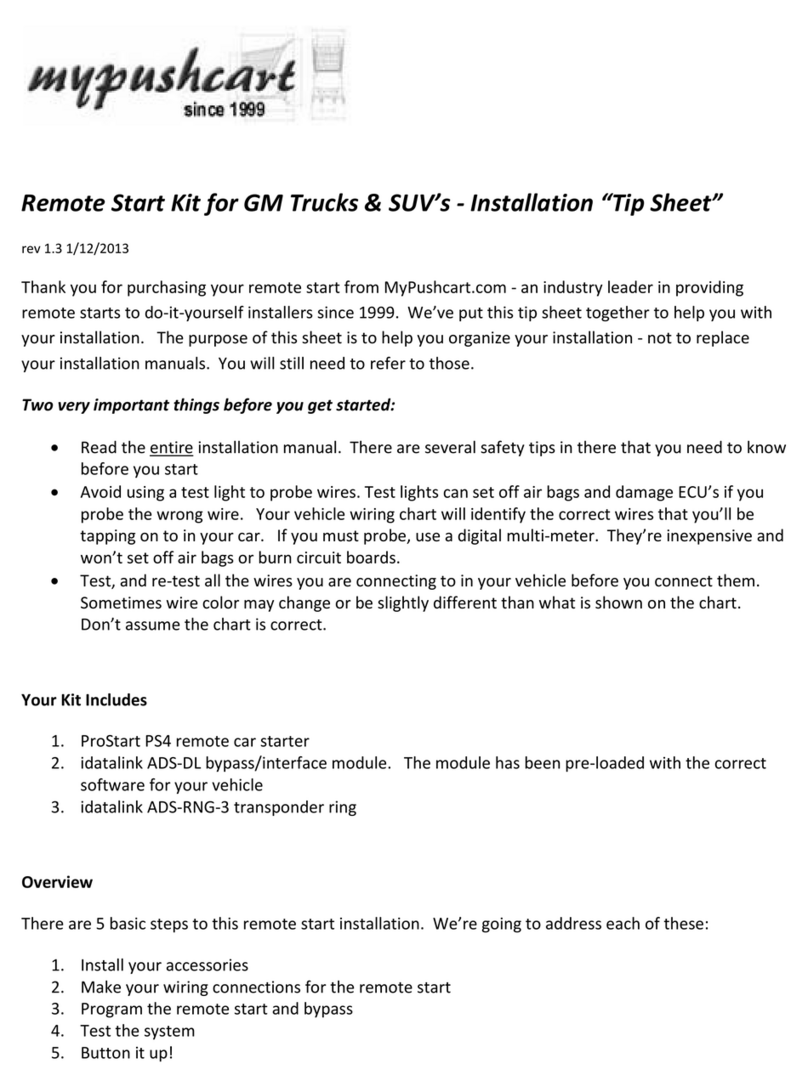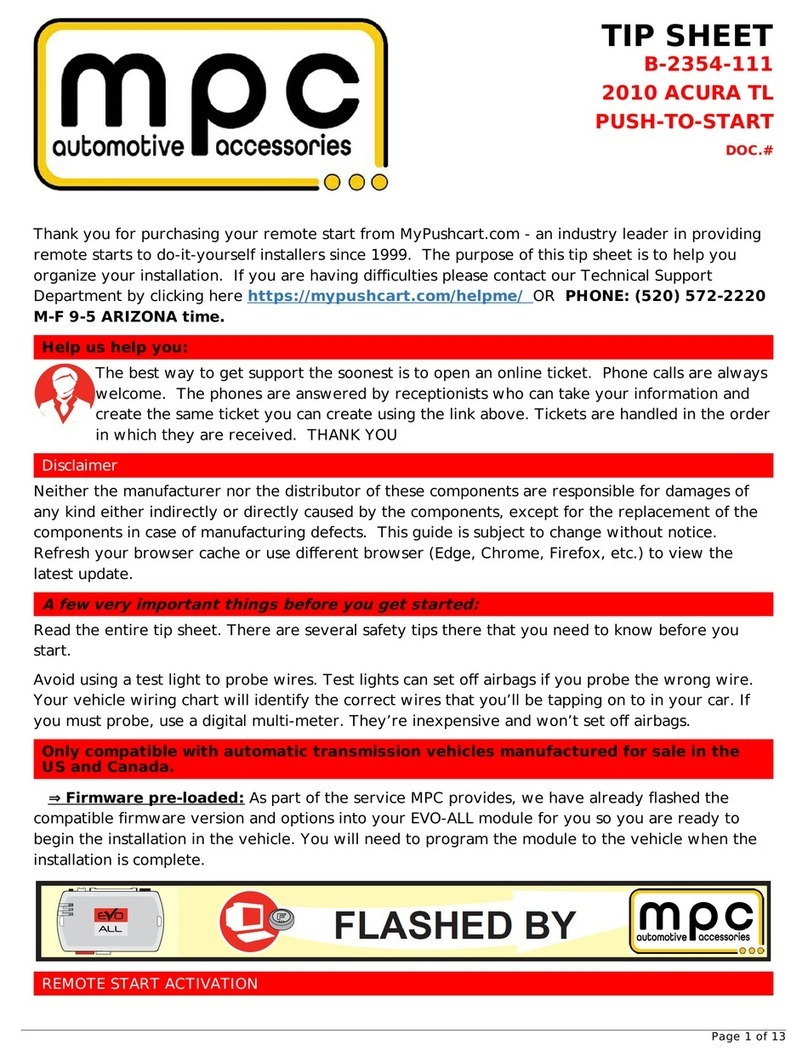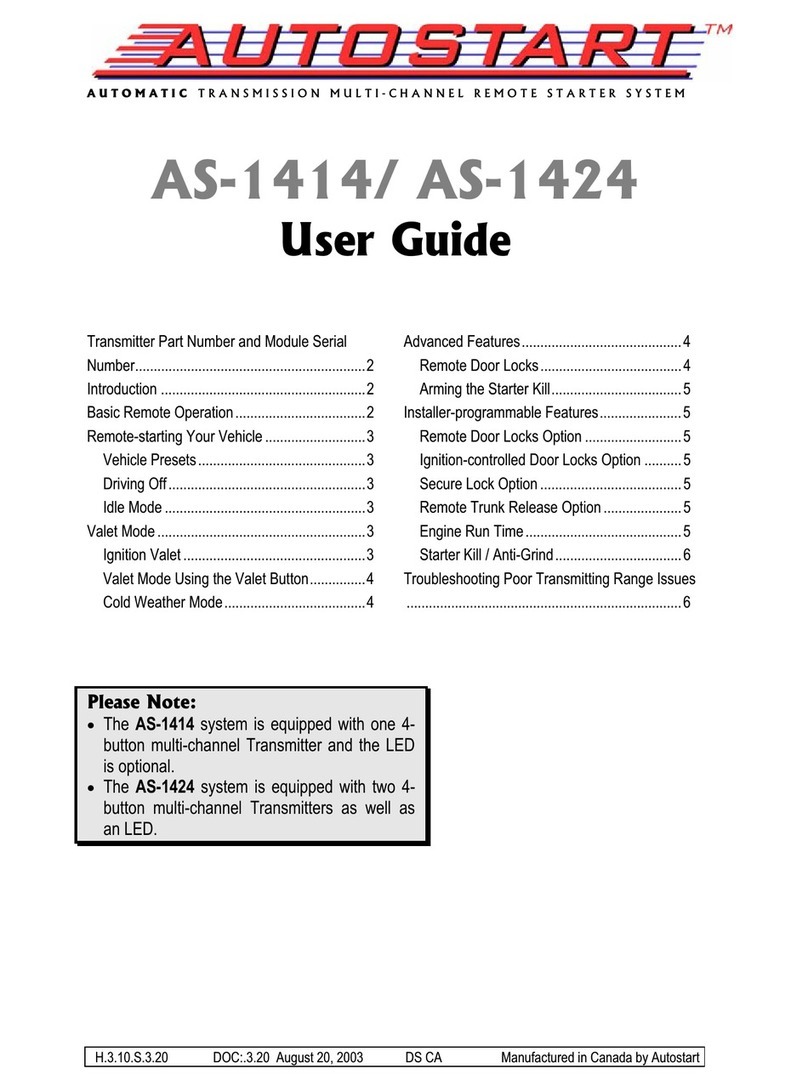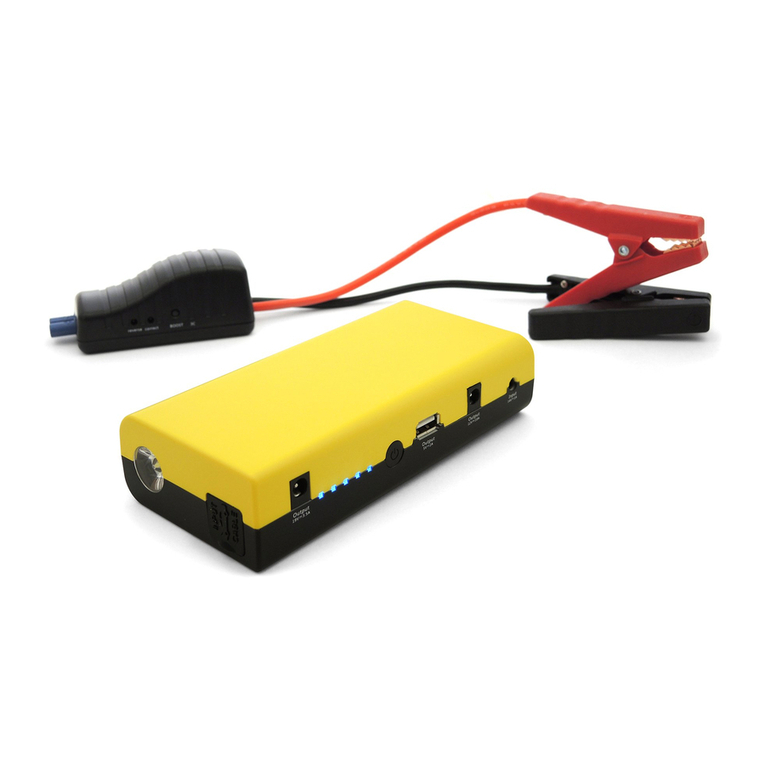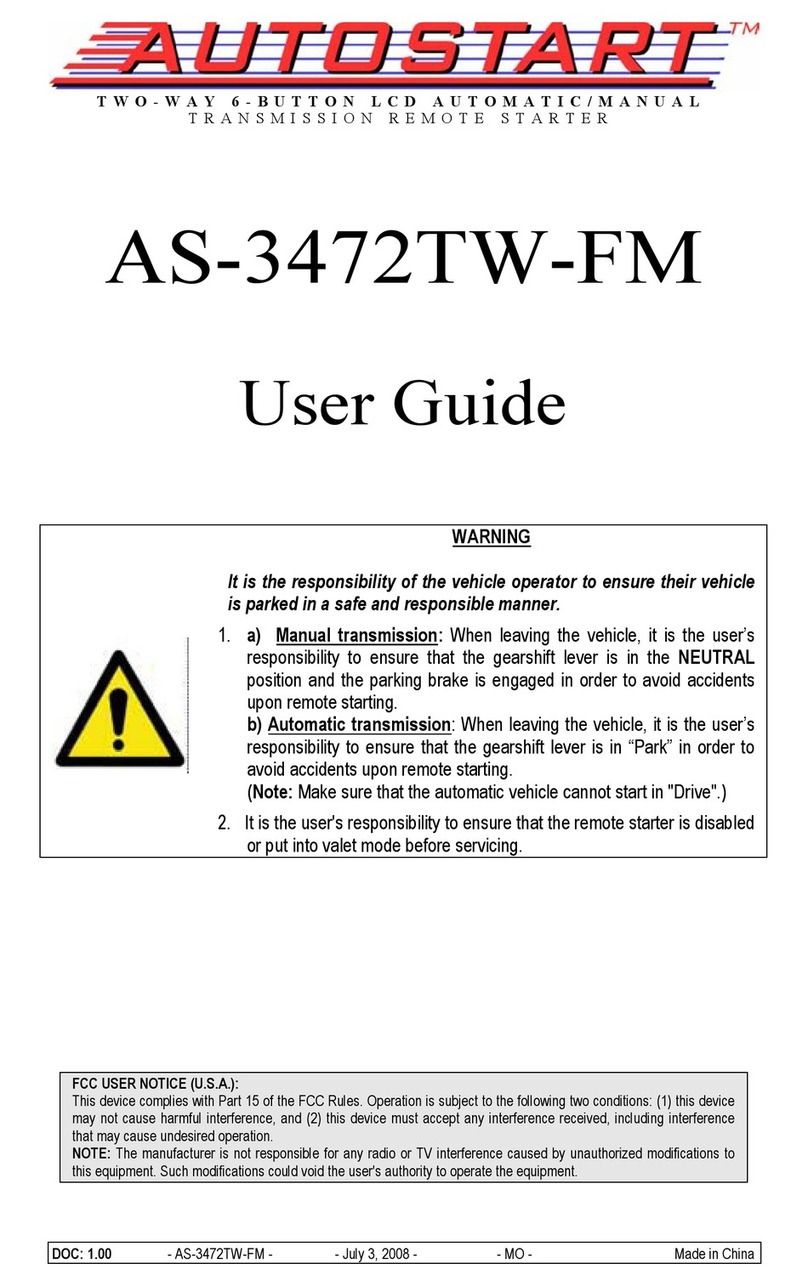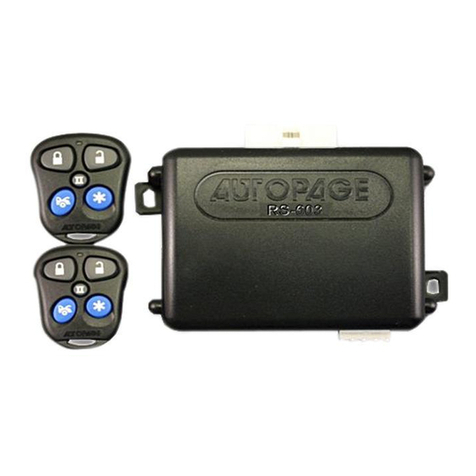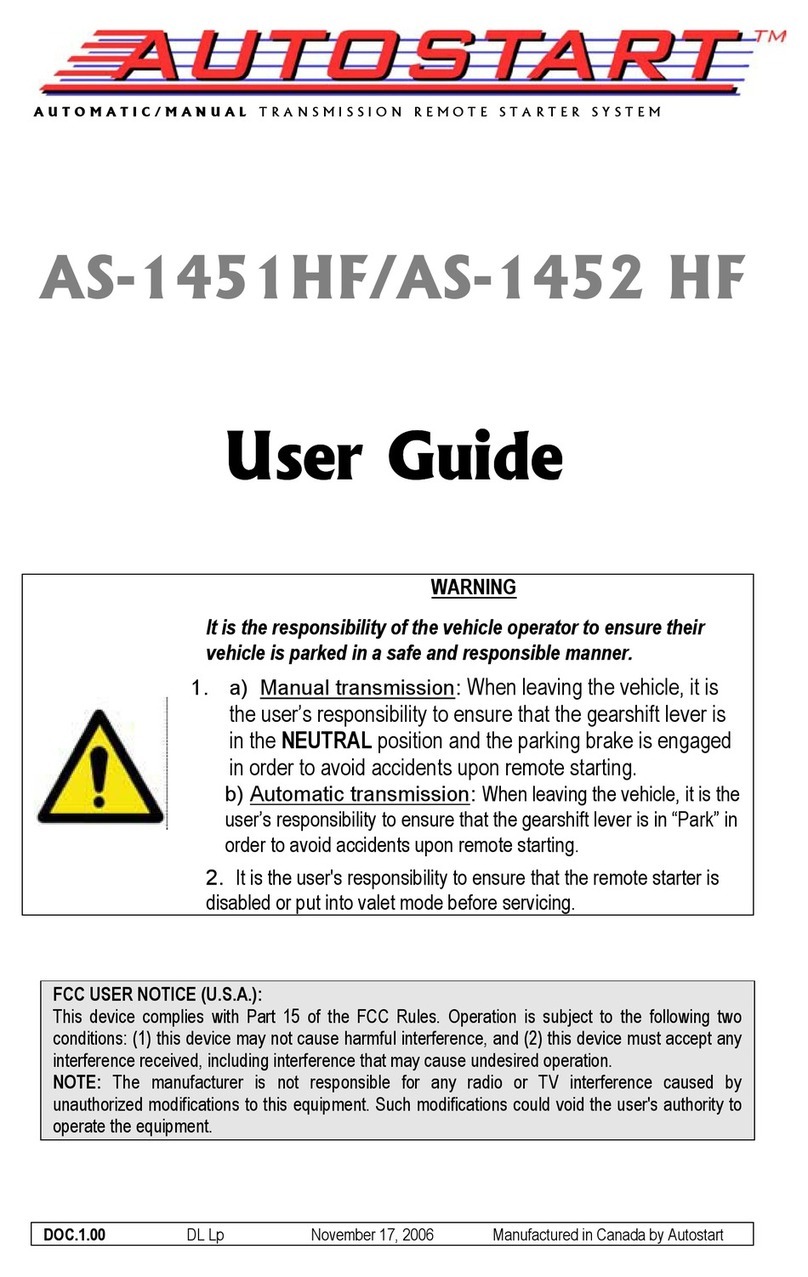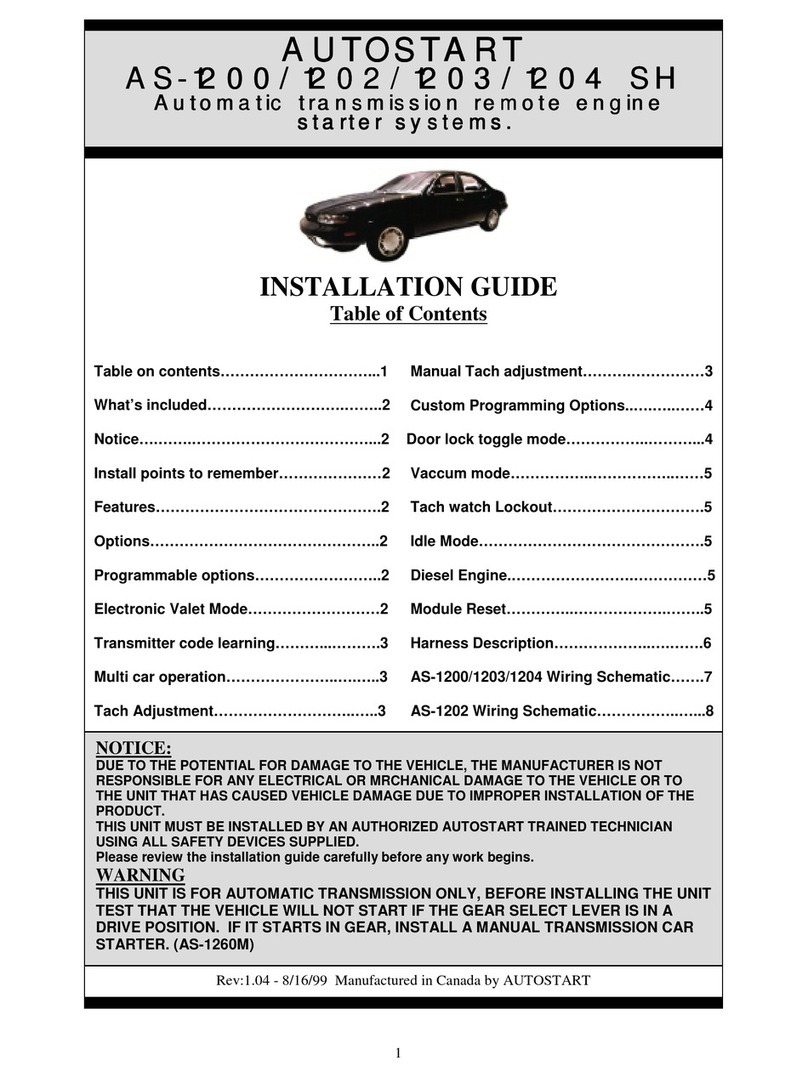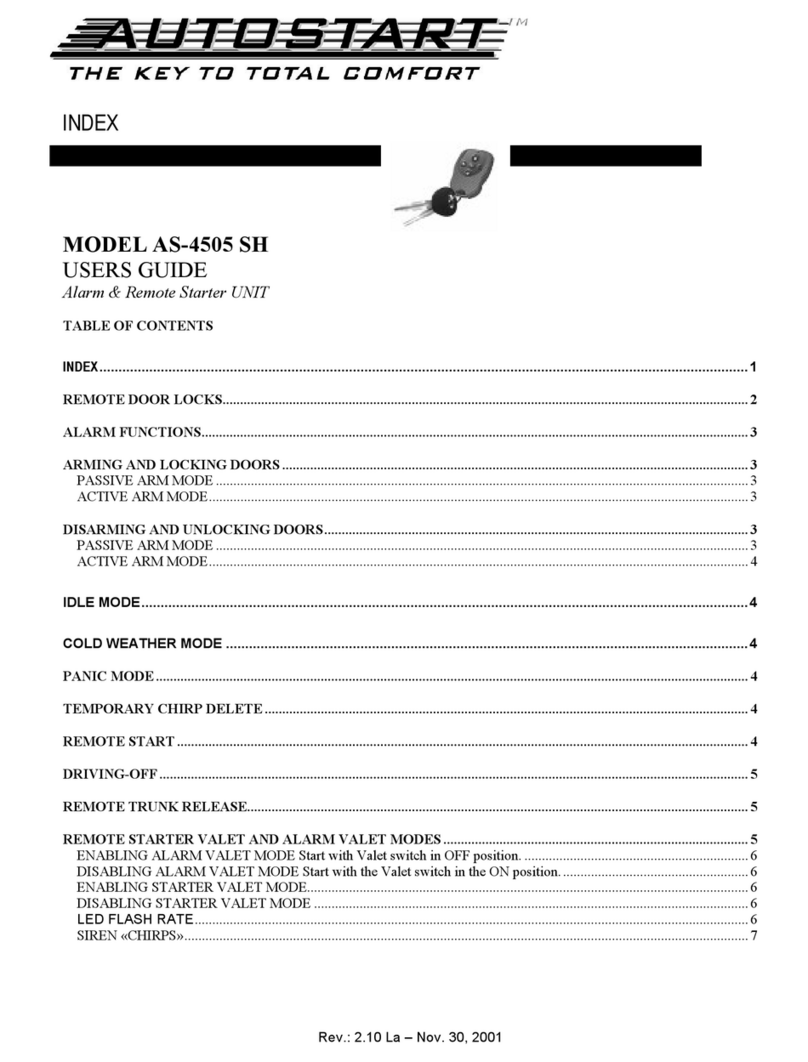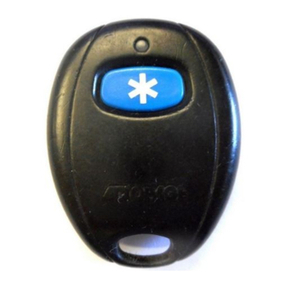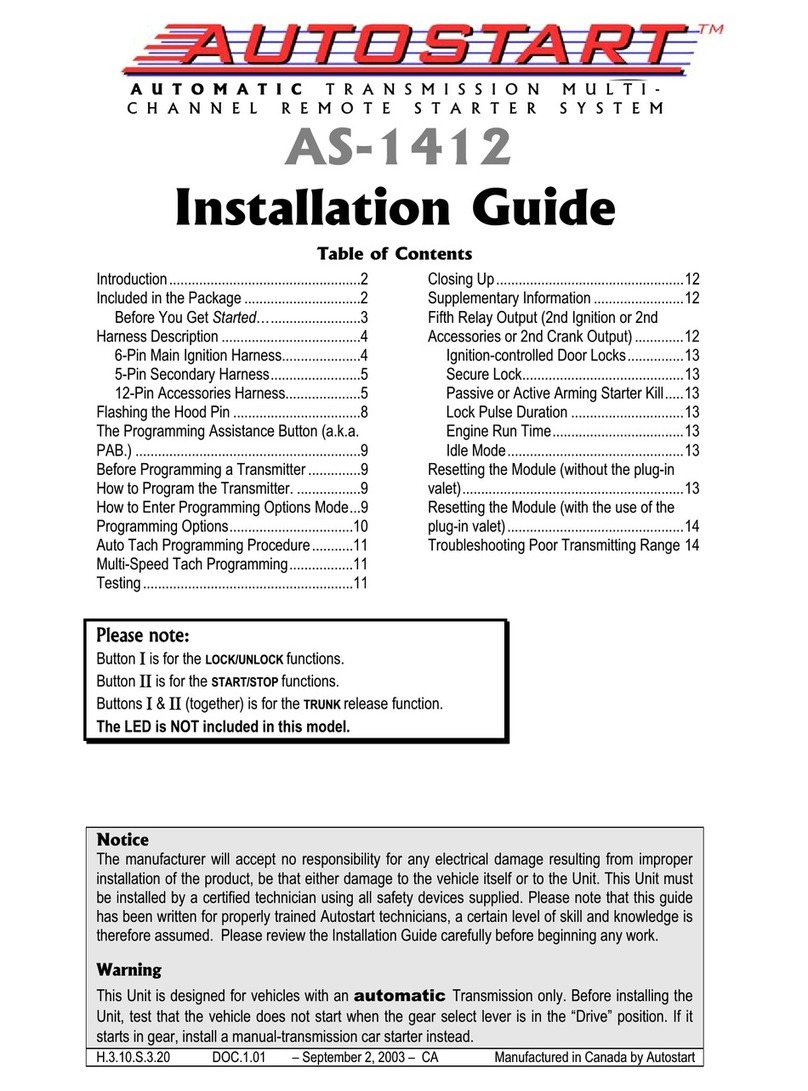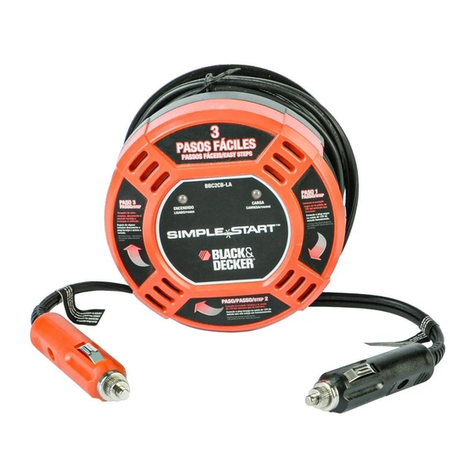MPC SP-502 Assembly instructions

1 | P a g e
TIP SHEET
Installation Tips for your SP-502/SP-402 + KEY-OVERRIDE-ALL (4) + SPDT T1649 v1.3 3/5/14
(for Toyota/Lexus Vehicles)
Thank you for purchasing your remote start from MyPushcart.com - an industry leader in providing remote starts to do-
it-yourself installers since 1999. We’ve put this tip sheet together to help you with your installation. The purpose of
this sheet is to help you organize your installation - not to replace your installation manual. You will still need to refer to
that.
If you provided us with your vehicle model/year at the time of purchase, you will have a wiring chart for your particular
vehicle. We’re going to refer to that a lot. If you do not have the wiring chart, email us at sales@mypushcart.com so
we can send you a copy. Be sure to include the model/year of your vehicle, your name and your sales order number.
Two very important things before you get started:
Read the entire installation manual. There are several safety tips in there that you need to know before you
start
Avoid using a test light to probe wires. Test lights can set off air bags if you probe the wrong wire. Your
vehicle wiring chart will identify the correct wires that you’ll be tapping on to in your car. If you must probe,
use a digital multi-meter. They’re inexpensive and won’t set off air bags.
Overview
There are 4 basic steps to this remote start installation. We’re going to address each of these:
1. Wiring
2. programming
3. Test
4. Button it up!
When you open up your remote start, you’re going to see a whole bunch of wires. You’re not going to use all of them.
The remote starts are designed with wiring options for a variety of cars and no car is going to use all of them. We’re
going to break the wiring down into only the needed wires you need from the remote starter. Here’s where the vehicle
wiring chart comes into play. The wiring chart will help you locate the wires that you’re going to need in your car.
Don’t be intimidated by all the different wires listed on the chart – you’re only going to be using a few of them.
Reading your wiring chart
Each line of the wiring chart contains 3 pieces of information that you will need:
The “Circuit” or “Wire/Function”
The color of the wire in the car
The location of the wire in the car
See Installer’s Tip # 2 for tips on how to make your wiring connections
Step 1 - Making your remote start wiring connections:
The following table shows you where to connect the wires from your remote start into the car. Any wires on your
remote start that are NOT listed in the table are NOT USED. In most cases, the wires on the remote start are way longer
than needed. Trim off excess wire when you make your connections, but leave some slack - this will allow you a little
flexibility when it comes time to stow the remote start module after the installation is completed.

2 | P a g e
Step 1 –Wiring
The following table shows you the necessary wires to connect from the SP-402/502, and what they connect to.
This chart only lays out what is needed for basic remote start operation and keyless entry. Any wires on your
remote start that are NOT listed in the table are NOT required. Security features are optional and connection
requirements will depend on your needs. For security connections, refer to SP-402/502 owner’s manual and
your vehicle wiring chart.
SP402/502 Wire:
Connect to:
Found:
6-PIN HARNESS:
RED x2
Constant 12v (+)
Vehicle ignition harness
PINK
Ignition
Vehicle ignition harness
PINK/WHITE
*Ignition # 2*
(not present on all vehicles)
Vehicle ignition harness
BROWN
starter
Vehicle ignition harness
GRAY
Accessory
Vehicle ignition harness
12-PIN HARNESS:
RED/BLACK
Parking Light input wire (SEE NOTE 1)
Can connect to SP-402/502 red in 6-pin plug
WHITE
Parking Light output wire
Typically @ fuse box/BCM, headlight switch,
or drivers kick panel.
BLACK
System Ground
(solid metal in vehicle)
GRAY
Hood pin (included) (SEE NOTE 2)
To prohibit the remote start from
activating while the hood is open.
Under hood
*This is an important safety feature!*
GREEN/RED
Vehicle trunk/back hatch release
This can be connected directly to (-) types
(refer to wire chart) *relay may be required*
See below for (+) and (+/-) relay diagrams
7-pin harness:
WHITE
Brake switch (+)
Above brake pedal
4-pin harness:
BLUE/BLACK
KEY-OVERRIDE-ALL (-) when running
Blue wire in 6-pin plug
3-PIN LOCK PLUG:
GREEN (-)
Vehicle lock wire
(refer to your vehicle wire chart)
BLUE (-)
Vehicle unlock wire
(refer to your vehicle wire chart)
The following MAY be needed:
ORANGE/BLACK
(12-pin harness)
Vehicle OEM Alarm Disarm wire
Use only if your vehicle has a factory
alarm system that gets tripped when you
attempt to activate the remote starter.
(refer to your vehicle wiring chart)
*Save connection for last to see if you need it*
NOTE 1 Some vehicles will call for a ‘+’ polarity connection to the parking light circuit and some will call for a ‘-
‘ connection. The red/black wire on the remote start is used to select the polarity of the remote start’s parking
light output. If your vehicle’s parking light wire is shown with a ‘+’ on your wiring chart, connect the red/black
wire to a constant +12v power source (you can tap it right on to one of the large red power input wires on the
remote start’s 6-pin harness). If your vehicle’s parking light wire is shown with a ‘-’ on your wiring chart,
connect the red/black wire to ground. The white wire in the remote start 12-pin harness is the actual parking
light output wire. After you’ve properly selected it’s polarity using the red/black wire, connect the white wire
to the parking light wire in your vehicle, as indicated on your wiring chart.
NOTE 2 The grey wire is used with a pin switch (included in your kit) to prohibit the remote start from activating
while the hood is open. This is an important safety feature!
-Before proceeding, plug the antenna, programming button, and LED into the remote start. For tips on where
to install these, see Installer’s Tip #1 .

3 | P a g e
2nd Starter NOTE: The relay in your kit is only used when you have a Second Starter wire. If you see a 2nd starter wire on
your vehicle wiring chart, you will need the relay which will energize the 2nd starter with the required positive signal for
your car to successfully remote start.
Step 2 - Making your bypass module wiring connections:
Important: DO NOT use tap connectors on the RX/TX wires. Wrap or solder and tape connections (See Installer’s Tip #2).
The KEY-OVERRIDE-ALL bypass requires a total of 4 connections:
The Blue wire connects to the orange ground when running wire in the remote start’s 12-pin harness
The Green wire gets connected to the vehicle’s key sense wire. This is typically a separate location on the
ignition barrel from the pats plug or the main ignition harness.
The Purple/White and Yellow/Black wires connect to the “RX” and “TX” wires on your PATS connector. The
connector is located on the steering column, near the key cylinder. KEY-OVERRIDE-ALL installation manual
shows all the different types of PATS connectors, and where the RX and TX wires are found on each type.

4 | P a g e
Step 3 - Program the Bypass:
Step 4 - Test the system and close it up!
Once all your connections are made, you should test the system before putting everything back together.
1. Press the ‘lock’ and ‘unlock’ buttons on your remote and confirm that the door locks are operating properly.
2. If you have the trunk/hatch release feature connected, press and hold the ‘trunk’ button for 3 seconds. The
trunk should open and the doors should unlock.
3. Press the “start” button on your remote to start the vehicle.
Stop the engine by stepping on the brake.
Once you’ve completed testing the system, it’s time to close it up.
Gather up all your wiring and neatly bundle it together using zip ties or electrical tape. Find a secure place to put the
remote start module and use zip ties to secure it. Make sure that the remote start wires are not near any moving
parts on the steering wheel, pedals or emergency brake!

5 | P a g e
Installer’s Tips:
Tip #1 –Where Everything Goes
1. Remote start module –the wiring for the module is done under the dash on the driver’s side, so you’ll want to install the
module in that general area. Before you start wiring, look for a location where there’s some open space that will fit the
module. Pay attention to moving parts like the pedals, e-brake and steering column. Be sure to route your wiring away
from those areas. Bypass module –can be stowed along with the remote start.
2. Antenna –If equipped, the antenna mounts to the windshield in one of the top corners or behind the rearview mirror.
3. Programming button –Requires a ¼” hole. Usually put in the driver’s kick panel (that’s the area forward of the door), the
driver’s side of the center console, or the underside of the dash.
4. Status LED –Requires a ¼’ hole. Usually put in visible spot in dash. Find a location with clearance and is within its wire reach.
5. Hood Pin Switch –An important safety component! Requires a 3/8” hole. Find a location in the engine compartment to
mount the switch where the closed hood will keep the plunger in the switch depressed. This is what prevents the car from
starting when the hood is open.
Tip #2 –How to make your wiring connections
It’s very important that all your wiring connections be solid and secure. All remote start connections are “tap on” connections. This
means that you do not need to cut the wires in the car. You simply need to “tap on” to the wires in the car to make your connections.
Here are three different ways to do this:
Method 1 –Solder and tape
This is the method preferred by the best professional installers. It makes for the most reliable connections, but it is also the most
difficult to do. Sometimes there isn’t enough room in the wiring harness to safely solder a wire without damaging adjacent wires,
but if you have the soldering skills, go for it. To make a connection, strip back a section of the insulation on the wire in the car. On
heavy gauge wires, 1” is about the right amount. On lighter gauge wires, ½” is fine. Strip 1” of insulation off the end of the remote
start wire. Tin the bare section of wire in the car. Wrap the remote start wire around the tinned section and then carefully solder
it in place. Wrap the splice tightly with electrical tape.
Method 2 –Wrap and tape
This is the most popular method and is also very reliable. Strip back a section of the insulation on the wire in the car. On heavy
gauge wires, 1” is about the right amount. On lighter gauge wires, ½” is fine. Strip 1” of insulation off the end of the remote start
wire. Separate the strands of the wire like this:
Pass the wire from the remote through the opening as shown below
Wrap the remote start wire around both sides of the car wire, then back around itself as shown below
Use electrical tape to wrap the connection and secure the wires together. A wire tie will help prevent the tape from unraveling in the
future.
Method #3 –“T-Taps”
T-taps are plastic clips that are squeezed onto the wires in the car. The wire from the remote start goes into the tap and the whole
thing is crimped together. T-taps come in different sizes for different size wires. Use yellow t-taps for the larger wires in your main
power harness. Red t-taps are good for the smaller wires. Tape and wire tie the connections as shown in the “wrap and tape”
section above –that will prevent the t-taps from ever opening up.
We now have a “tap kit” available for purchase for those who prefer to use this method. The kit consists of two types of connectors
-The taps and insulated male spade connectors that plug into them. The taps attach to the wires in the car and the spade
connectors attach to the wires on the remote start. The spades then plug in to the taps. A crimping tool is required.
Copyright 2014 Digitel LLC
This manual suits for next models
1
Table of contents
Other MPC Remote Starter manuals
Popular Remote Starter manuals by other brands
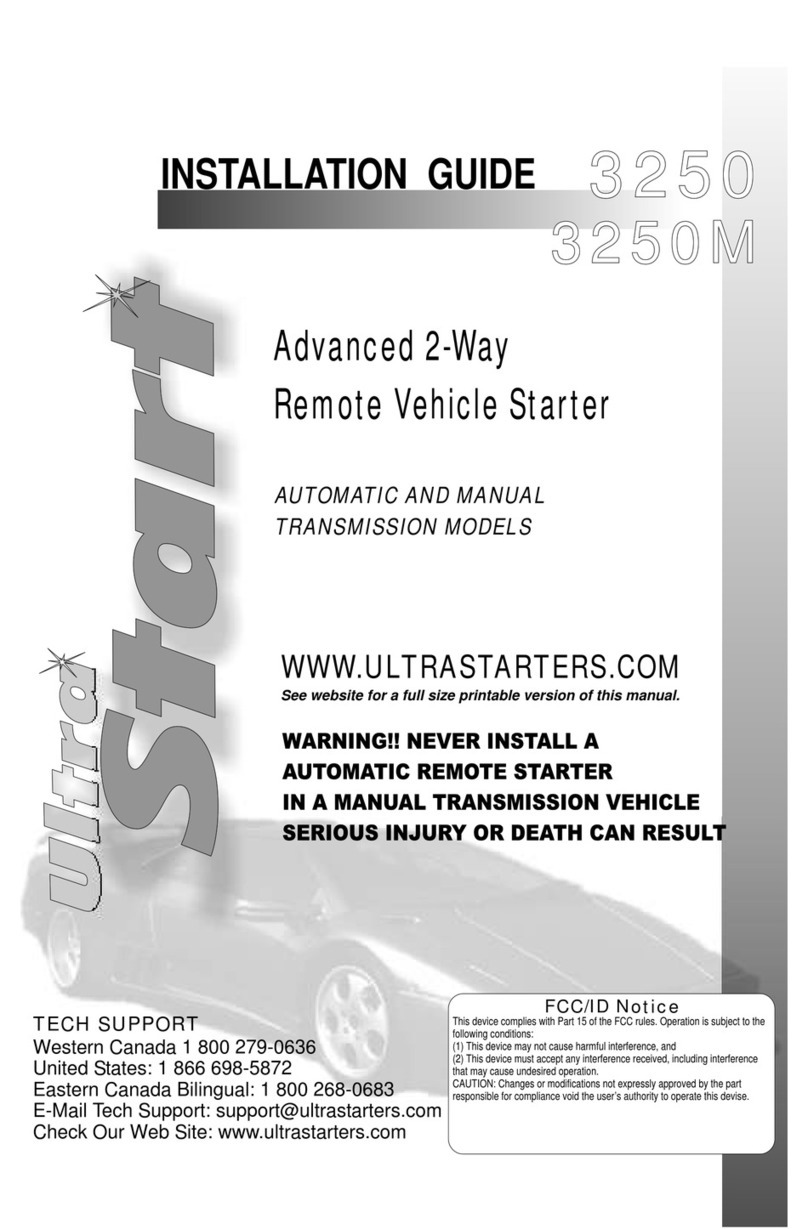
Ultra Start
Ultra Start 3250M installation guide
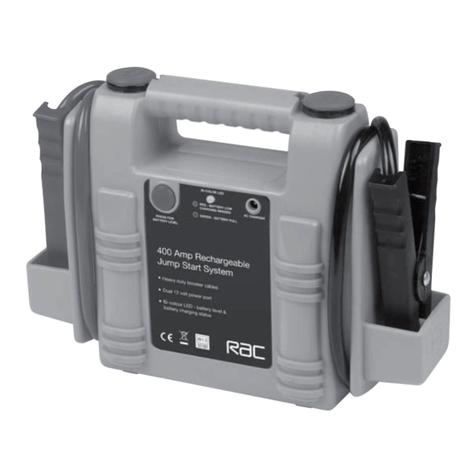
Rac
Rac HP082 manual
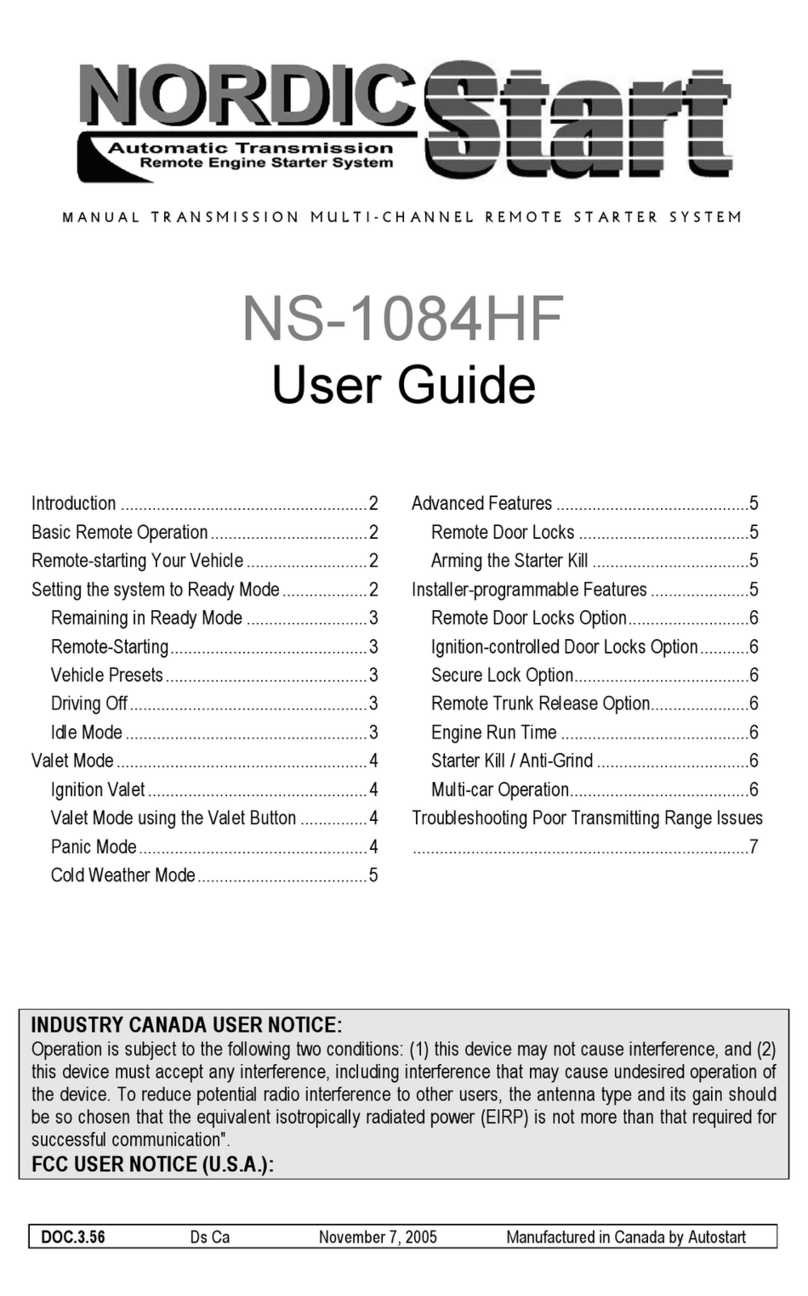
Nordic Start
Nordic Start NS-1084HF user guide
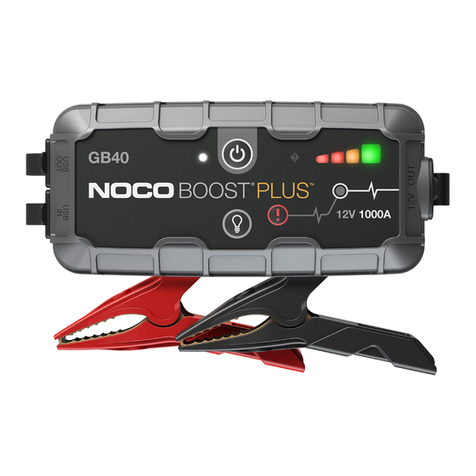
NOCO Genius
NOCO Genius Boostsport GB20 Important product information guide and limited warranty

ZK Technology
ZK Technology HYD Series Product instructions

Ferve
Ferve F-2125 instruction manual
